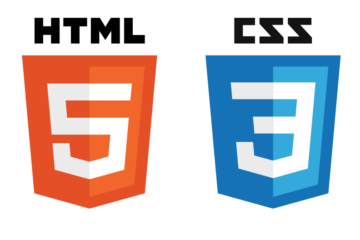Technologies of Web Development

1. Browsers
Browsers are the interpreters of the web. They request information and then when they receive it, they show us on the page in a format we can see and understand.
2. HTML
HTML is a markup language. It provides the structure of a website so that web browsers know what to show.
3. CSS
CSS is a Cascading Style Sheet. CSS let’s web designers change colors, fonts, animations, and transitions on the web. They make the web look good.
4. Programming Languages
Programming languages are ways to communicate to computers and tell them what to do. There are many different programming languages just like there are many different lingual languages (English, Spanish, French, Chinese, etc). One is not better than the other. Developers typically are just proficient at a couple so they promote those more than others. Below are just some of the languages and links to their homepages
5. Frameworks
Frameworks are built to make building and working with programming languages easier. Frameworks typically take all the difficult, repetitive tasks in setting up a new web application and either does them for you or make them very easy for you to do.
6. Databases
Databases are where all your data is stored. It’s like a bunch of filing cabinets with folders filled with files. Databases come mainly in two flavors: SQL and NoSQL. SQL provides more structure which helps with making sure all the data is correct and validated. NoSQL provides a lot of flexibility for building and maintaining applications.
7. Front-end
The front-end is comprised of HTML, CSS, and Javascript. This is how and where the website is shown to users.
8. Back-end
The back-end is comprised of your server and database. It’s the place where functions, methods, and data manipulation happens that you don’t want the clients to see. (more…)

